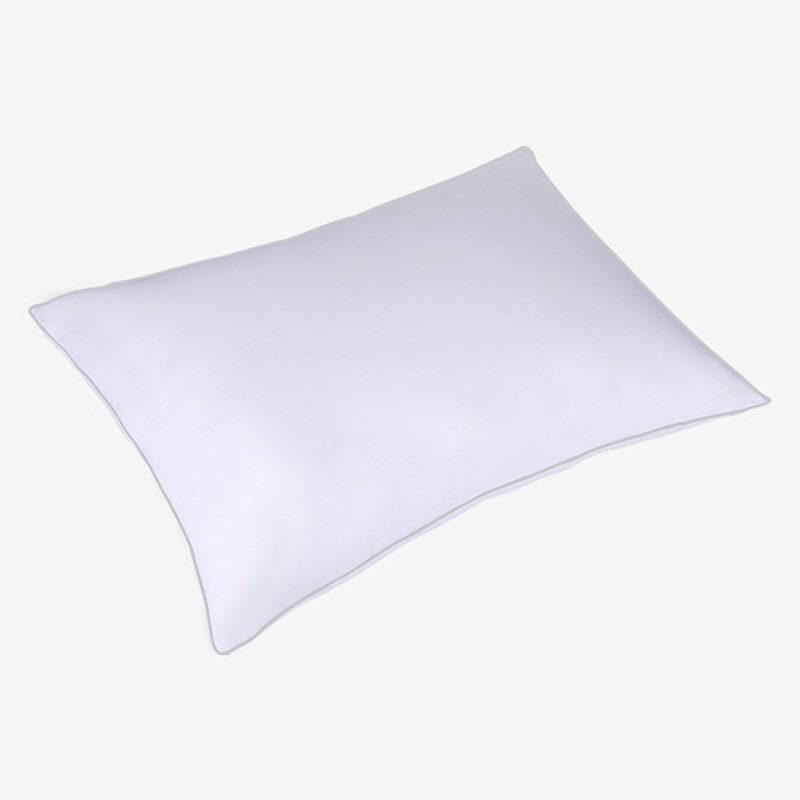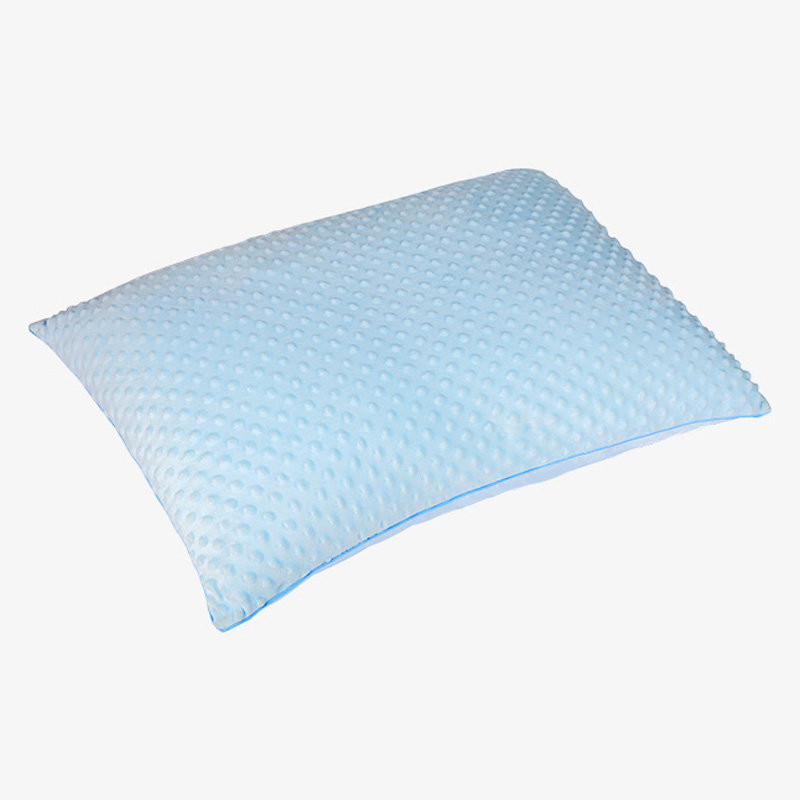Why is firm stitching so important?
1. Prevent threads from falling off:
Toddlers are curious and like to explore the world with their mouths. If the stitching of the pillowcase is not firm, the threads are easy to fall off and swallowed by the child, causing serious consequences such as suffocation. According to the American Academy of Pediatrics, hundreds of children suffocate every year from swallowing small objects, among which thread ends are one of the common dangerous items. Therefore, ensuring that the stitching of the pillowcase is firm can effectively reduce this risk.
2. Extend the service life:
Firm stitching can effectively prevent the Cotton Toddler Pillowcases from cracking and unthreading during use, extend its service life, and avoid frequent replacement. Toddler pillowcases need to be washed frequently. If the stitching is not firm, it is easy to crack after multiple washings, affecting the use effect. Firm stitching can ensure that the pillowcase remains intact after multiple washings, reducing the frequency of replacement and the financial burden on parents.
3. Ensure sleeping comfort: Loose stitches can cause the surface of the pillowcase to be uneven, affecting the comfort of the child's sleep and may even cause skin discomfort. The skin of young children is delicate. If the surface of the pillowcase is uneven, it is easy to cause skin friction, causing discomfort or allergic reactions. Strong stitches can ensure that the surface of the pillowcase is flat and provide a comfortable sleeping environment.
How to judge whether the stitches are firm?
1. Observe the stitches: High-quality pillowcases have uniform and fine stitches, moderate stitch length, and no skipped stitches or missed stitches. The uniformity and fineness of the stitches are important indicators for judging the firmness of the stitches. If the stitches are uneven or there are skipped stitches or missed stitches, it means that the stitching quality is not up to standard.
2. Pull test: Gently pull the edge of the pillowcase to feel the tightness of the stitches. If the stitches are easy to loosen or break, it means that the quality is not up to standard. The pull test can intuitively feel the firmness of the stitches, which is an effective way to judge the quality of the stitches.
3. Check the thread treatment:
The thread treatment of pillowcases produced by regular manufacturers is clean and neat, and there will be no extra thread ends. The quality of thread treatment directly affects the firmness and service life of the suture. If the thread is not handled properly, the thread is prone to fall off, affecting the use effect.
Other factors affecting the firmness of the suture
1. Suture material:
The choice of suture material directly affects the firmness of the suture. Common suture materials include cotton, polyester, nylon, etc. Cotton is soft and comfortable, but has low strength; polyester and nylon are strong but poor in softness. Choosing suitable suture materials can ensure that the suture is firm while providing a comfortable touch.
2. Suture technology:
The quality of suture technology directly affects the firmness of the suture. High-quality suture technology can ensure that the suture is uniform and fine, the stitch length is moderate, and there is no skipping or missing stitches. Choosing a pillowcase with high-quality suture technology can ensure that the suture is firm and reliable.
3. Stitch density:
Stitch density refers to the number of stitches per unit length. The higher the stitch density, the stronger the stitches. Choosing a pillowcase with a high stitch density can ensure that the stitches are not easy to loosen or break during use.
How to maintain a cotton toddler pillowcase with strong stitches
1. Proper cleaning:
The correct cleaning method can extend the life of the pillowcase and keep the stitches strong. It is recommended to use a mild detergent and avoid using bleach and strong detergents. Choose a gentle mode when washing to avoid excessive friction.
2. Regular inspection:
Regularly check the stitching of the pillowcase to find and deal with loose or broken stitches in time. If the stitches are found to be loose or broken, the pillowcase should be repaired or replaced in time to avoid affecting the use effect.
3. Proper storage:
Proper storage of pillowcases can avoid unnecessary damage to the stitches. It is recommended to store pillowcases in a dry and ventilated place to avoid humidity and high temperature environments.


 En
En  Français
Français Deutsch
Deutsch عربى
عربى








 +86-18268324012
+86-18268324012 +86-573-88798908
+86-573-88798908 Iris@zjmkn.com
Iris@zjmkn.com 233 Huashi East Road, Wuzhen Town, Tongxiang City, Jiaxing, Zhejiang Province, China
233 Huashi East Road, Wuzhen Town, Tongxiang City, Jiaxing, Zhejiang Province, China
